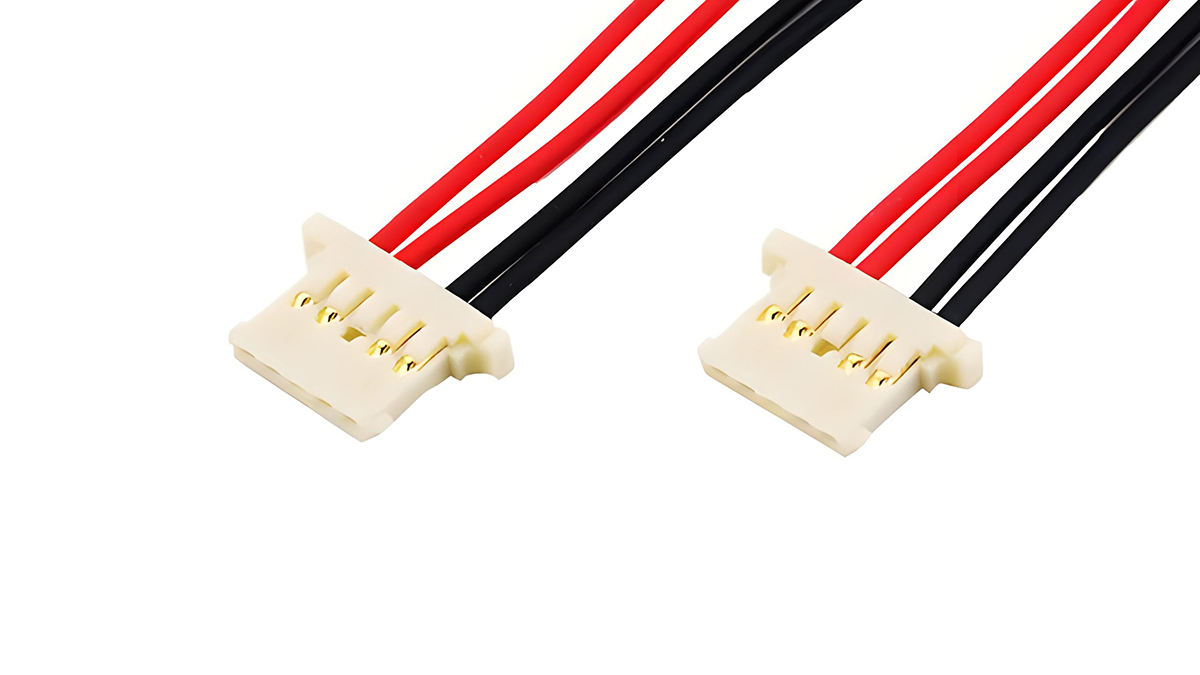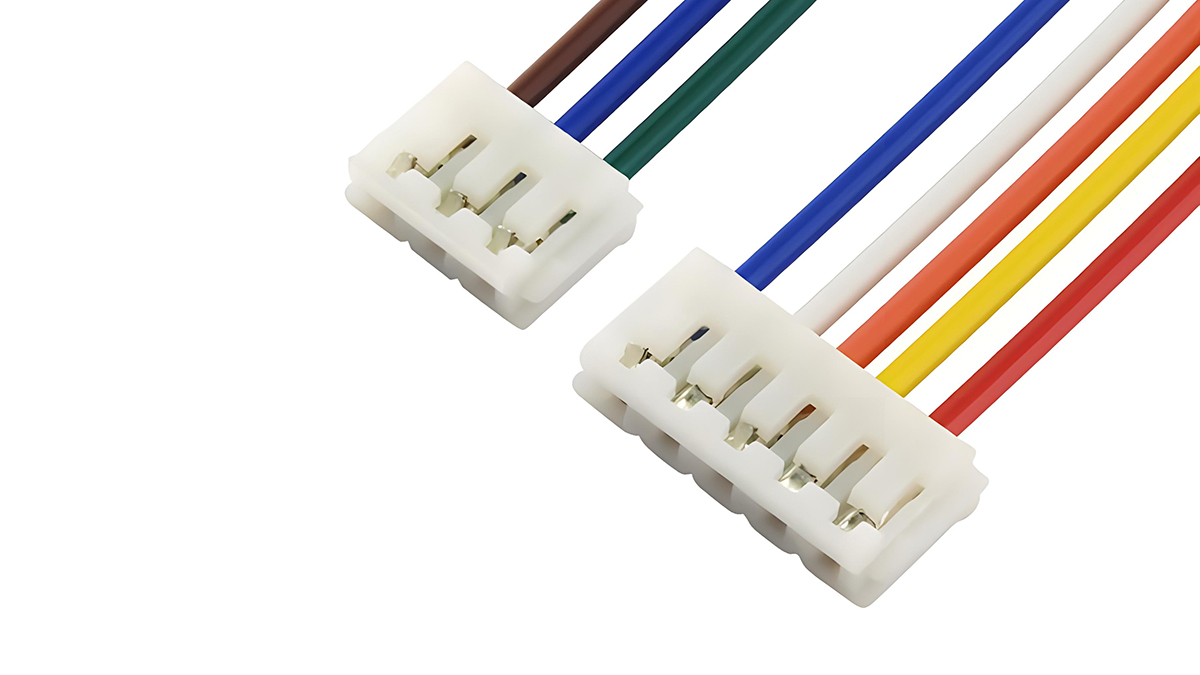
This article will briefly explain the basic concept and common types of terminal wires, as well as their applicable scenarios. It will focus on introducing several popular types of terminal wires and their advantages and disadvantages, and finally provide selection suggestions for different application needs. I hope it can help everyone understand the characteristics of terminal wires and how to choose the appropriate terminal wire correctly.
1. Introduction to Terminal Wires
Terminal wire is a type of wire used for electrical connections between devices, which is connected to various terminal blocks to achieve effective connection. The general types of wiring terminals include plug-in, fence, spring, track, and H-type through wall types, each with its own characteristics and suitable for different application scenarios.
2. Plug and play wiring terminals
Plug and unplug terminal blocks are a common and widely used type of terminal block, which are easy to operate and particularly suitable for scenarios that require periodic disconnection or reconnection; However, compared to other terminals, plug-in terminals have a weaker body and may become loose, and poor contact is also a problem.

3. Fence type terminal blocks
Fence type terminal blocks have high safety, stability, and efficiency, and are suitable for high voltage and high current scenarios; However, barrier terminals have limitations on module size and are difficult to match in some mechanized assembly projects.
4. Spring type wiring terminals
The most prominent feature of spring type terminal blocks is the use of spring devices, making it easier to release and connect the links. It has a wide range of applications, such as industrial appliances, lighting equipment, elevator lifting control systems, and even automotive power supply. However, although it is easy to pull apart, it will generate a certain amount of friction after insertion, which may lead to poor contact.
5. Rail type wiring terminals
The beautiful appearance and rich accessories (such as short circuit strips, marking strips, and baffles) of track type terminal blocks make them highly favored by users; Moreover, its unique design and functionality enable rail terminals to have multiple types of combinations. But the cost is relatively high and not suitable for large-scale applications.
6. H-type through wall terminal block
The H-type through wall terminal adopts threaded connection technology, which can automatically compensate for the thickness of the board and achieve multipole wiring. This type of terminal wire is often used in electronic devices such as power supplies, filters, and electrical control boxes. Although it has a high cost, it is still highly recommended due to its characteristics of being less prone to detachment, good anti-corrosion effect, and low contact resistance.

7. Select terminal wires based on actual needs
Terminal wires, as a component of electrical
Connectors, play a crucial role in various application scenarios. The selection of which type of wiring terminal should be comprehensively considered based on specific usage and performance requirements.
In short, with the rapid development and diversified demands of the electronic and electrical industry, we look forward to seeing more high-quality, environmentally friendly, and high-quality terminal wires emerge, bringing more convenient and efficient experiences to people's lives and work!





